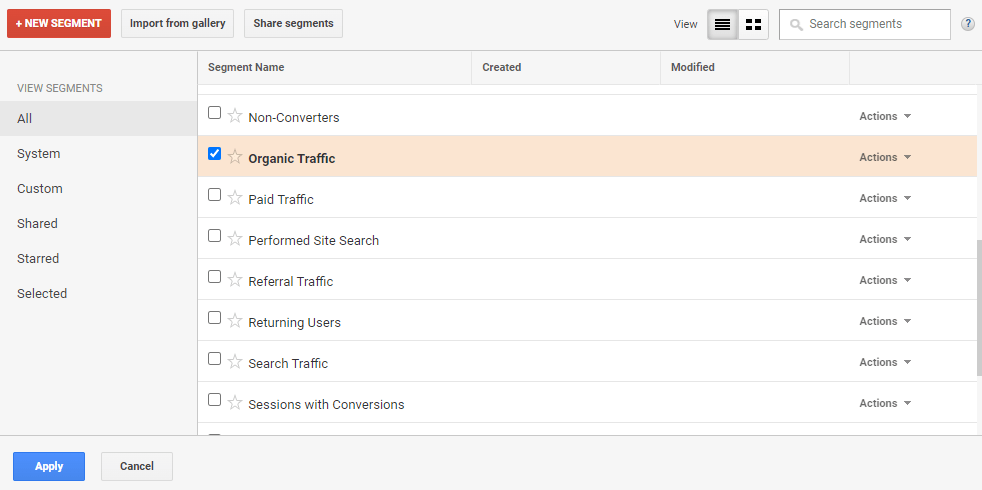
Understanding Dwell Time in SEO: Why It Matters & How to Boost Yours | Expert Guide

Understanding Dwell Time in SEO: Why It Matters & How to Boost Yours | Expert Guide
Disclaimer: This post includes affiliate links
If you click on a link and make a purchase, I may receive a commission at no extra cost to you.
Dwell Time
Contents
- What is dwell time in SEO?
- Is dwell time a ranking factor?
- What is the average dwell time?
- How to calculate dwell time
- How to improve dwell time
- Related articles
- References
What is dwell time in SEO?
Dwell time is the metric that shows the time a user spends browsing a page after clicking a link on a SERP and before they come back to search results again[1] .
Important: Don’t confuse the term with time on page, session duration, or bounce rate metrics from Google Analytics.
- Time on page shows how long a user spends on a page before moving anywhere else. Unlike with dwell time, users come to a page not necessarily from SERP and then move not necessarily back to it).
- Session duration is the time from visitors’ landing on your site to the moment they exit or remain inactive for a specific time span.
- Bounce rate shows the percentage of visitors that take no further action after landing on a page.
Is dwell time a ranking factor?
Officially, dwell time is NOT a ranking factor[2] . However, indirectly, it serves as an indicator of how well your content responds to users’ search intent. So, it’s a great engagement metric.
Short dwell times show that your content doesn’t meet user intent and is generally not satisfying. And long dwell times mean you meet users’ needs with your content.
Whether we want it or not, dwell time may potentially affect how high webpages are ranked by search engines.
What is the average dwell time?
According to HubSpot, the industry benchmark for average dwell time is considered somewhere between 2-4 minutes[3] . However, it’s not advisable to rely on this number too much – the time will vary depending on the niche, type of page (product page vs. blog post), its length (long-read vs., short essays), and user intent .
How to calculate dwell time
Dwell time calculation is, so to speak, impossible – search engines simply don’t provide such data. You won’t find it in Google Analytics or elsewhere.
However, you can take a look at the average session duration for the organic traffic segment. Thus, you will get an approximate estimation of your dwell time.
For that, In Google Analytics go to Behavior > Site Content > Landing Pages and add a segment Organic Traffic:

Now check average session duration metrics for your whole site and separately for each page[3] .

How to improve dwell time
So that a user wants to stay longer on your pages, you may consider improving several things.
Base your content strategy on user intent
If you give users what they want, they will never dump your page too soon. That’s why it’s important to plan and optimize your content accordingly. For example, if the keyword you want to rank for is “best smartphones 2023”, you need to create a blog post, a listicle to be precise. A product page won’t work.
Make sure your titles correspond to the content inside
Clickbaiting is bad practice. If you promise something in a title and then speak about slightly or completely different things, that’s a turnover for your users. If you do not disclose the claimed topic, the dwell time will be short.
So make your snippet in the search result as relevant to the content as possible. For that, write the proper title tags and meta descriptions .
Write longer pieces of content
That’s obvious, the more content visitors have to process, the longer they stay on a page. However, opt for longer content unless it harms quality.
Take care of page speed
The better the user experience is, the longer they’ll dwell on a page. That’s why make sure you optimize your Core Web Vitals .
Make your texts appealing
The more appealing a text is, the more willingly people dive into it. Here are a dozen ways to make your text so. Here are a couple of them:
- Mention the target audience in the intro for better engagement.
- Add infographics, images, gifs, and videos to keep their attention longer.
- Structure text with subheadings, paragraphs, bulleted and numbered lists to make it more digestible.
Related articles
User Behavior in SEO: A Ranking Factor or Not?
14 Advanced SEO Techniques & Tips to Boost Search Traffic
How to Track SEO Results: KPIs & Tools to Measure SEO Performance
On-Page SEO Guide: from Ranking Factors to Content Optimization
3 Google Analytics Tips You Should Know
References
1. https://en.wikipedia.org/wiki/Dwell_time_(information_retrieval) 2. https://www.searchenginejournal.com/ranking-factors/dwell-time/ 3. https://blog.hubspot.com/marketing/dwell-time
Also read:
- [New] Mobile/Desktop Seamless FB Video Downloading, 2023 for 2024
- [New] Subaquatic Spectacites Tips to Enrich Underwater Videos Using GoPro
- [Updated] In 2024, Add a Snapshot to Your Instagram Story
- [Updated] Keep Your Snaps Secret Stealthy Photo Taking Tricks for Snapchat for 2024
- 「快速轉移Windows Server 2016到全新設置或系統」
- 2024 Approved Prime Movie Reel Revelations Pack
- Déplacer Windows Server 2012 R2 Vers Du Nouveau Matériel : Deux Méthodes Efficaces
- Ebt2: How to Safeguard Your iMessages on iTunes: Tips and Tricks
- In 2024, How to Turn Off Google Location to Stop Tracking You on Realme GT 5 | Dr.fone
- Resolved: How To Fix Windows 11 Boot Issues Quickly & Efficiently
- The Unseen Virtues of Vector Graphics Mastery for 2024
- Title: Understanding Dwell Time in SEO: Why It Matters & How to Boost Yours | Expert Guide
- Author: Joseph
- Created at : 2025-01-19 20:07:37
- Updated at : 2025-01-23 20:36:57
- Link: https://discover-bytes.techidaily.com/understanding-dwell-time-in-seo-why-it-matters-and-how-to-boost-yours-expert-guide/
- License: This work is licensed under CC BY-NC-SA 4.0.